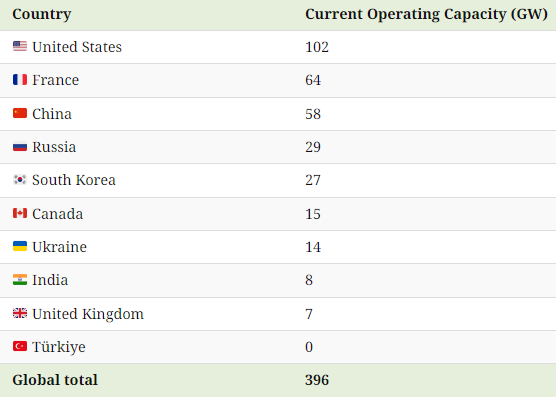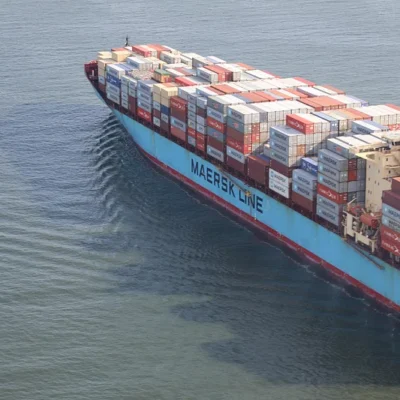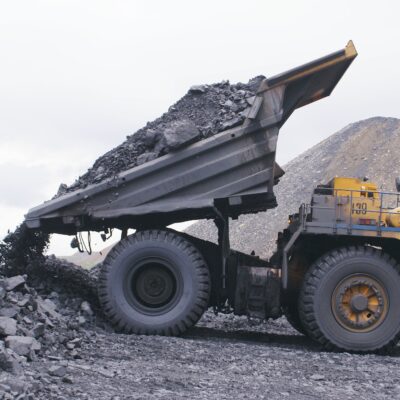The energy transition is significantly reliant on nuclear power.
Still, more capacity is required to meet the world’s increasing energy needs.
Nuclear energy capacity worldwide was 396 gigawatts (GW) as of late 2023. There are plans for or announcements of an extra 299 GW.
Have you ever wondered which are the countries that are at the forefront of nuclear power capacity. Here is the list below:

The United States currently possesses the greatest nuclear energy capacity with 102 GW spread across 94 reactors. There are at least one nuclear reactor in 28 states, and the plants are dispersed throughout the nation.
China (58 GW) and France (64 GW) are the two countries with the largest nuclear capacities, respectively. South Korea (27 GW) and Russia (29 GW) are the other two nations to rank in the top five worldwide.
Moreover, the world’s nuclear capacity is expected to reach 695 GW when facilities that are announced, under construction, or in pre-construction are taken into account. This indicates a jump of more than 75%.
China is expected to add 118 GW, which will be the largest increase in prospective capacity. Comparing this to current levels, there has been a 204% increase.
In the meantime, India is anticipated to contribute 32 GW, or a 420% increase in total capacity.
There are plans to see comparatively large increases in nuclear power capacity in Russia (+21 GW), the UK (+15 GW), Turkey (+15 GW), and France (+12 GW). In contrast, the U.S. (+7 GW) is only set to see a 7% boost.





